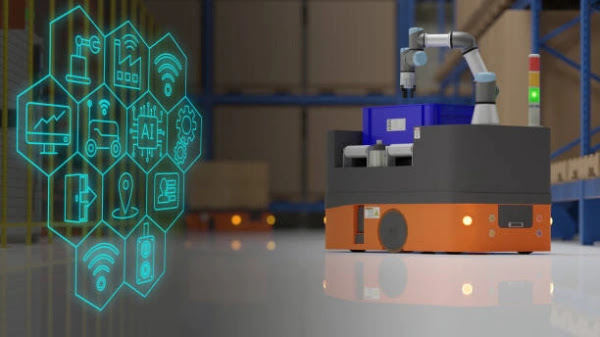Featured
- Get link
- X
- Other Apps
Personalized Learning

Personalized Learning: Gadgets technology
Gadgets and technology have greatly facilitated personalized
learning, revolutionizing how education is delivered and customized to meet
learners' individual needs and preferences. In this essay, we will explore the
significance of gadgets technology in personalized learning, focusing on its
role in adapting instruction, promoting learner autonomy, and facilitating
differentiated assessment.
To begin with, gadgets and technology enable adaptive
instruction, tailoring the learning experience to each learner's unique needs
and abilities. Devices such as smartphones, tablets, and laptops offer various
educational apps, online platforms, and learning management systems that
provide personalized learning pathways. These tools utilize algorithms and
artificial intelligence to analyze learners' performance, track their progress,
and offer targeted recommendations and resources. Adaptive learning software
can adjust the difficulty level of assignments, provide additional explanations
or examples based on learners' responses, and offer personalized feedback. By
leveraging gadgets, educators can create customized learning experiences that
align with each learner's strengths, weaknesses, and learning styles, enhancing
their understanding and engagement.
Moreover, gadgets and technology promote learner autonomy
and self-directed learning in personalized learning environments. Learners can
access educational resources, online courses, and interactive learning
materials through devices, allowing them to take control of their learning
journey. Gadgets technology will enable learners to learn at their own pace and
explore topics of interest. Online platforms and educational apps offer many
resources and tools to allow learners to choose their learning pathways, set
goals, and monitor their progress. Additionally, gadgets and technology support
anytime, anywhere learning, as learners can access educational content on their
gadgets at their convenience. The autonomy and flexibility of devices and technology
empower learners to take ownership of their learning, fostering a sense of
responsibility and intrinsic motivation.
Furthermore, gadgets and technology facilitate
differentiated assessment, allowing educators to measure learners' progress and
understanding in personalized ways. Traditional assessments often rely on
standardized tests or paper-based assignments, which may not accurately reflect
learners' abilities and potential. Gadgets technology provides various
assessment tools and platforms that enable educators to design and administer
assessments that align with learners' individual needs and learning objectives.
Online quizzes, interactive exercises, and adaptive assessments delivered
through gadgets and technology can be customized to match learners' proficiency
levels and provide immediate feedback. Additionally, gadgets technology enables
the collection and analysis of data on learners' performance, allowing
educators to identify areas of strengths and weaknesses, adapt instructional
strategies, and provide targeted interventions. Educators can use gadgets and
technology for assessment to ensure that learners receive specific, timely, and
actionable feedback, supporting their growth and progress.
Moreover, gadgets and technology support personalized
learning by providing diverse learning resources and materials. Smartphones and
tablets offer access to vast educational content, including e-books, videos,
podcasts, simulations, and interactive learning applications. Online platforms
and open educational resources provide learners various topics, formats, and
difficulty levels. Gadgets technology also lets learners personalize their
learning experience by bookmarking, highlighting, and annotating digital
content, allowing for a more personalized and interactive learning experience.
The availability of diverse learning resources through gadgets and technology
empowers learners to explore their interests, delve deeper into topics of their
choice, and engage with relevant and meaningful content.
Furthermore, gadgets and technology support the monitoring
and tracking of learners' progress and achievements in personalized learning.
Learning management systems, online platforms, and educational apps offer tools
that enable educators to monitor learners' engagement, completion rates, and
performance in real time. This data allows educators to identify areas where
learners may need additional support or challenge and to provide timely
interventions or adjustments to instruction. Gadgets technology facilitates the
continuous assessment of learners' progress, enabling educators to offer
personalized feedback, set individualized goals, and design targeted
interventions.
- Get link
- X
- Other Apps

